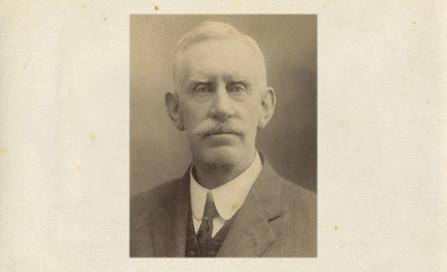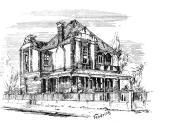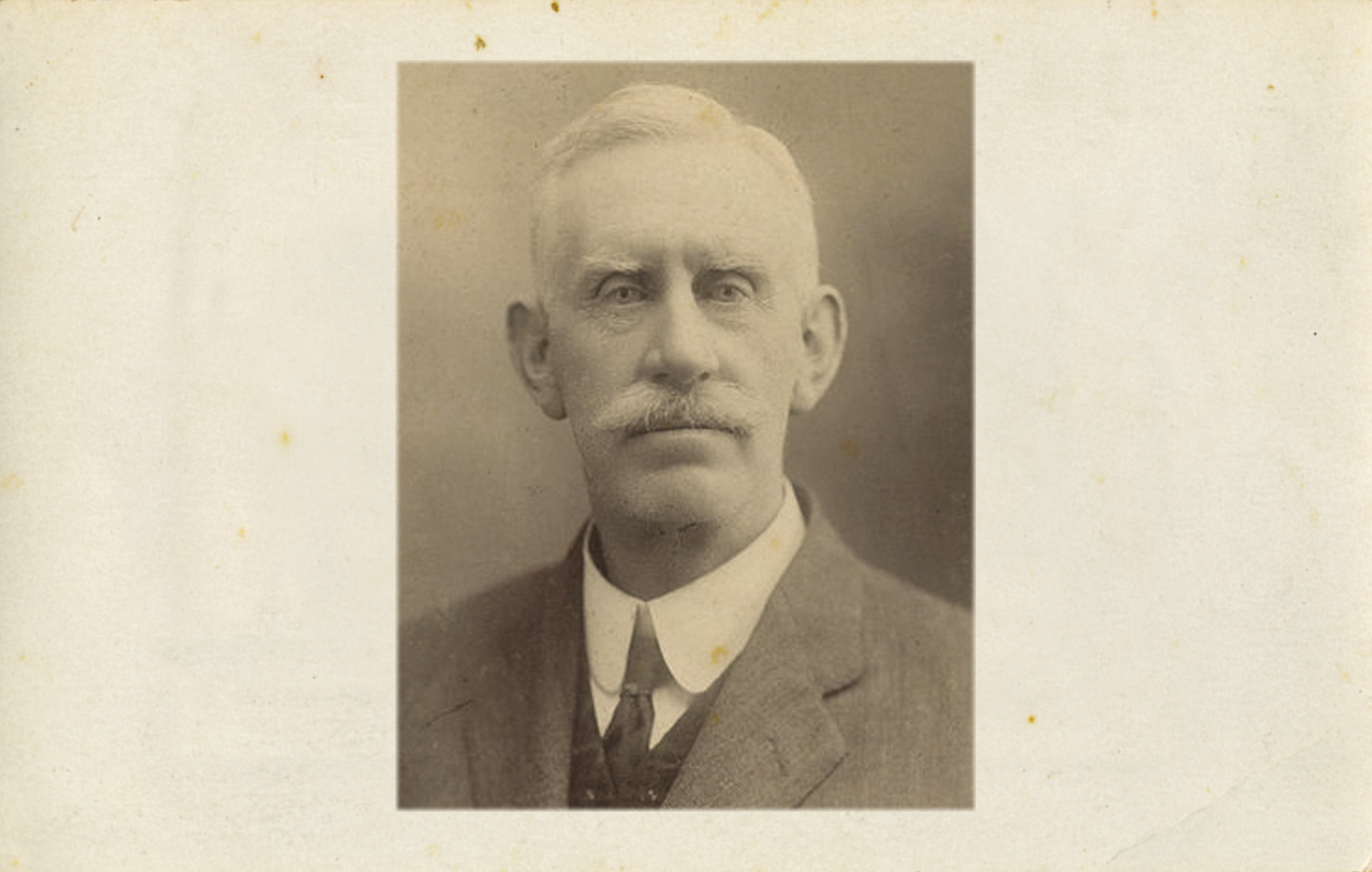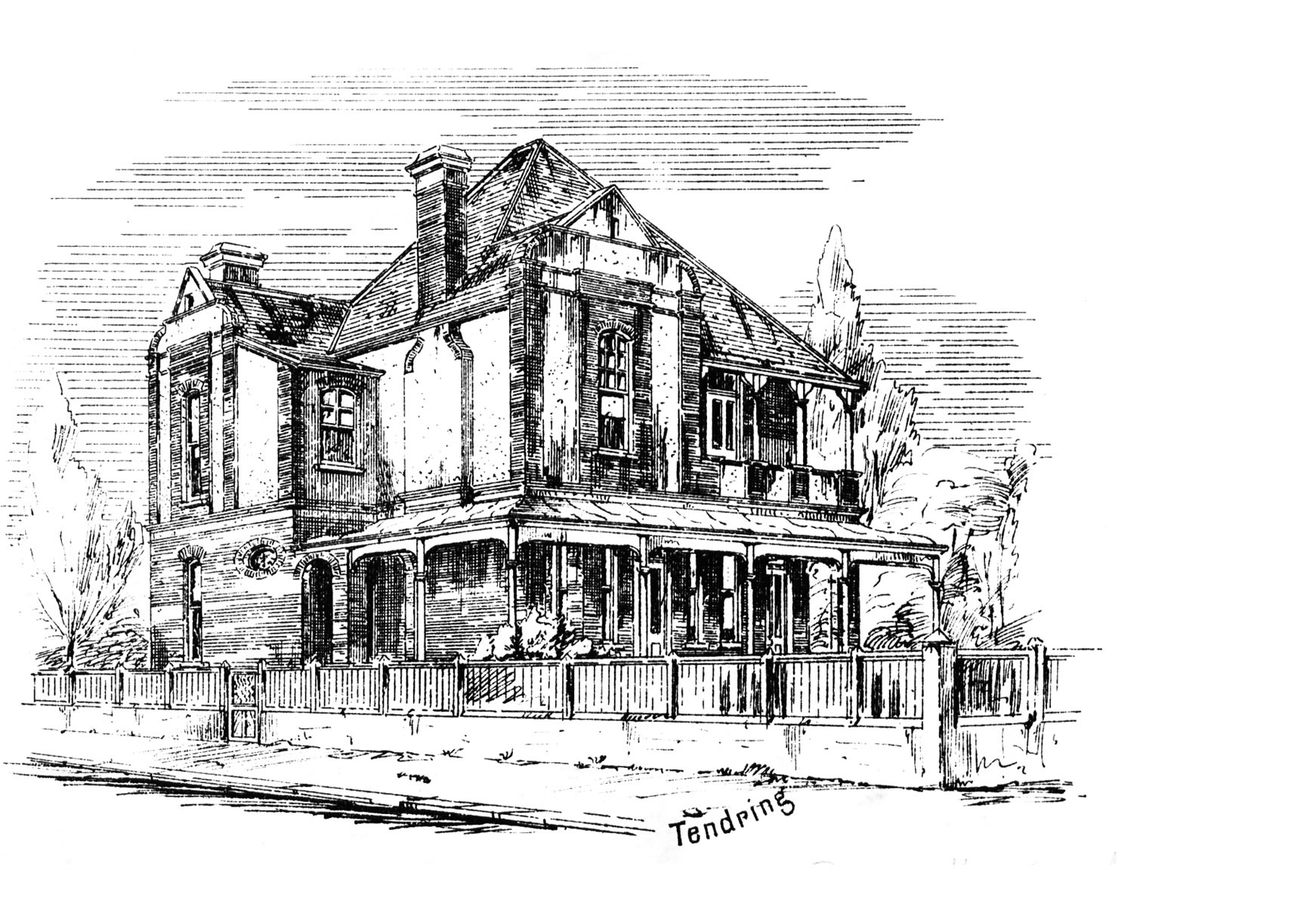|
|
Walter Liberty VernonWalter Liberty Vernon was born in High Wycombe, England, in 1846.He was articled to the architect WG Habershon in the early 1860s, opened his own offices in 1870 and worked in England until 1883. This was a period when British architects and designers were embracing English Revival styles in reaction to the classicism of Georgian times in the 18th and early 19th centuries. Vernon was influenced by the architects George Devey and Richard Norman Shaw who found inspiration in medieval and Tudor architecture. The designers William Morris and Arthur Liberty, to whom Vernon was related as a cousin, celebrated an organic English style that made much of skilled craftwork as a counter to the factory production that had come to epitomise the Industrial Revolution. Ill-health prompted Vernon’s migration to Sydney in late 1883, with his wife and three children. The family moved to Aubin Street in Neutral Bay shortly afterwards. Walter then became one of a number of important immigrant architects who arrived in Sydney in the 1880s bringing with them the influence of contemporary English architecture. Other emigrés included John Sulman and Edward Jeaffreson Jackson who both arrived in 1885; and Howard Joseland who arrived via New Zealand in 1888. The work of all four of these architects had been exhibited by Richard Norman Shaw in London. Vernon came to a city, and indeed a locality, which was very receptive to his ideas. From 1884 he worked with architect William Wardell, a major exponent of Gothic style as a designer of churches, who resided locally in ‘Upton Grange’. In 1885 EJ Jackson moved to the area and completed some of his most important work in Neutral Bay and North Sydney. In 1884 Vernon leased a large parcel of land from the Cooper family who owned the former Thrupp Estate which comprised most of Neutral Bay. On part of his leasehold he built 'Penshurst', a large English Revival home, for his family. On the remainder Vernon began to plan a suburban development of substantial villas on what would become the Neutral Bay Land Company estate. He added to these in the late 1880s. Vernon was quick to involve himself in the affairs of his new home and, in 1884, was elected as an Alderman for the Borough of East St Leonards which included the southern half of Neutral Bay. Despite his interest in local development speculation, he served as an Alderman until that Borough amalgamated with St Leonards and Victoria Boroughs to form North Sydney Council in 1890. In that year he was appointed Government Architect for New South Wales and left the new Council. Vernon’s influence as the public architect, and the influence of the English Revival style he embraced, can still be seen in Sydney’s picturesque public buildings of the period; in particular its post offices, fire stations and Metropolitan Sewage and Water Board pump buildings. Vernon continued to reside in Neutral Bay, in 'Penshurst' and the nearby villa ‘St Helens’, until 1895 when the family moved to Normanhurst. He retired as Government Architect in 1911 and died in 1914. Vernon Street, Cammeray, was named after him and coincidentally became known as 'architects row' in the 1960s when a new generation of young professionals moved into the street.
|
|




